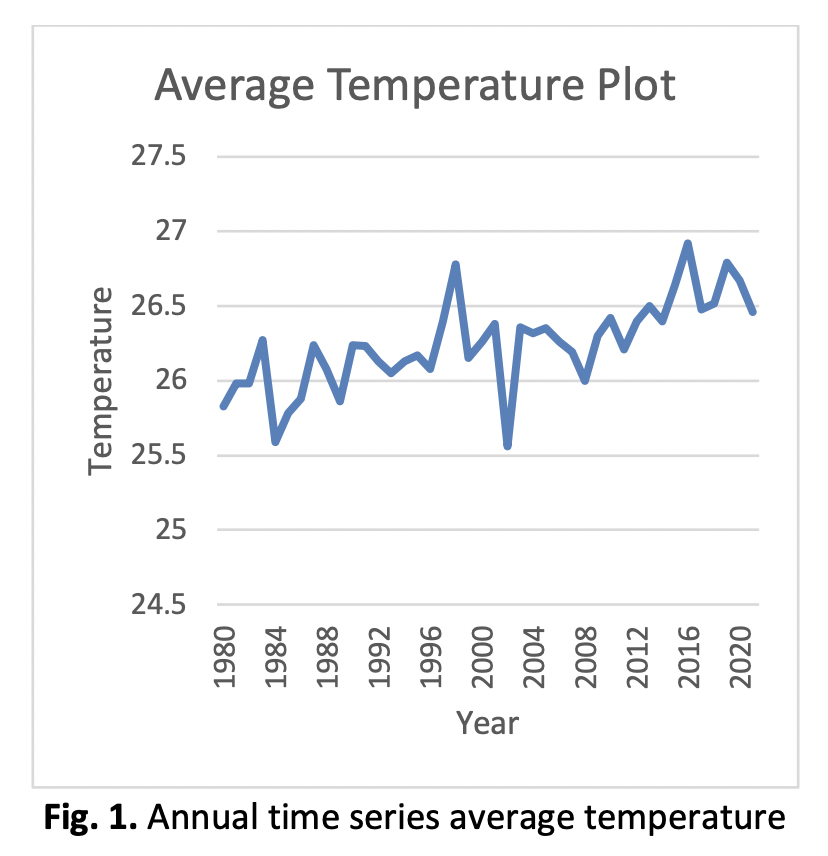Climate and Adolescence Mortality: Exploring the Linkages
DOI:
https://doi.org/10.37934/araset.43.1.4553Keywords:
Mortality rate, adolescence, linear regression, climate changeAbstract
The rising frequency of heat-related illnesses among adolescences, particularly during the dry season, is quite concerning. High temperatures and heatwaves have been proven in studies to aggravate pre-existing health issues and raise the risk of mortality in this demographic group. Climate change is projected to worsen current health concerns while also creating new ones, especially among vulnerable groups such as adolescents and young people. Unfortunately, there has been little study on the influence of climate change on death rates among Malaysian adolescents. As a result, the goal of this study is to look at the relationship between annual temperature and mortality rates among Malaysian adolescents. The study's specific goal is to evaluate the extent to which one of the climate change variables, which is temperature is linked to mortality rates in this demographic group. In this study, a linear regression model is used to analyse data from 1980 to 2021 to investigate the relationship between annual temperature and mortality rates among Malaysian adolescents. To isolate the influence of climate change on mortality rates, the study controls for a variety of demographic and socioeconomic characteristics. The regression analysis results show that temperature is significantly associated with mortality rates among Malaysian adolescents. This study gives evidence of the major influence of climate change on mortality rates among adolescents and young people in Malaysia. The findings underline the critical need for targeted treatments and policies to address climate change-related health hazards and protect vulnerable groups.
Downloads





























